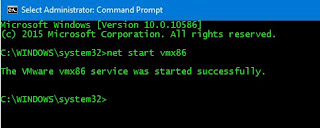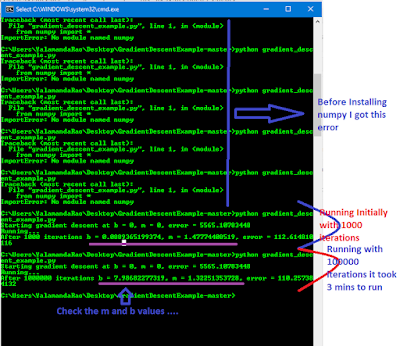val xs = List(1,2,3,4,6,3,2,7,9,4)
General recursive output:
def removeDuplicates(xs : List[Int]) : List[Int] = xs match {
case Nil => Nil
case x::ys => if (ys.contains (x)) removeDuplicates (ys) else
x :: removeDuplicates (ys)
}
scala> removeDuplicates (List (1,2,3,4,6,3,2,7,9,4))
res143: List[Int] = List(1, 6, 3, 2, 7, 9, 4)
TailRecursive Output:
def removeDuplicates (xsOuter : List[Int]) : List[Int] = {
@annotation.tailrec
def removeDuplicates (xs: List[Int], collected: List[Int]) : List[Int] = xs match {
case Nil => collected
case x :: ys => if (collected.contains (x)) removeDuplicates (ys, collected) else
removeDuplicates (ys, x :: collected)
}
removeDuplicates (xsOuter, Nil)
}
scala> removeDuplicates (List (1,2,3,4,6,3,2,7,9,4))
res151: List[Int] = List(9, 7, 6, 4, 3, 2, 1)
Avoid Simple warning occurred from above as below
scala> def removeDuplicates [A] (xsOuter : List[A]) : List[A] = {
|
| @annotation.tailrec
| def removeDuplicates (xs: List[A], collected: List[A]) : List[A] = xs match {
| case Nil => collected
| case x :: ys => if (collected.contains (x)) removeDuplicates (ys, collected) else
| removeDuplicates (ys, x :: collected)
| }
|
| removeDuplicates (xsOuter, Nil)
| }
removeDuplicates: [A](xsOuter: List[A])List[A]
scala> removeDuplicates (List (1,2,3,4,6,3,2,7,9,4))
res152: List[Int] = List(9, 7, 6, 4, 3, 2, 1)






